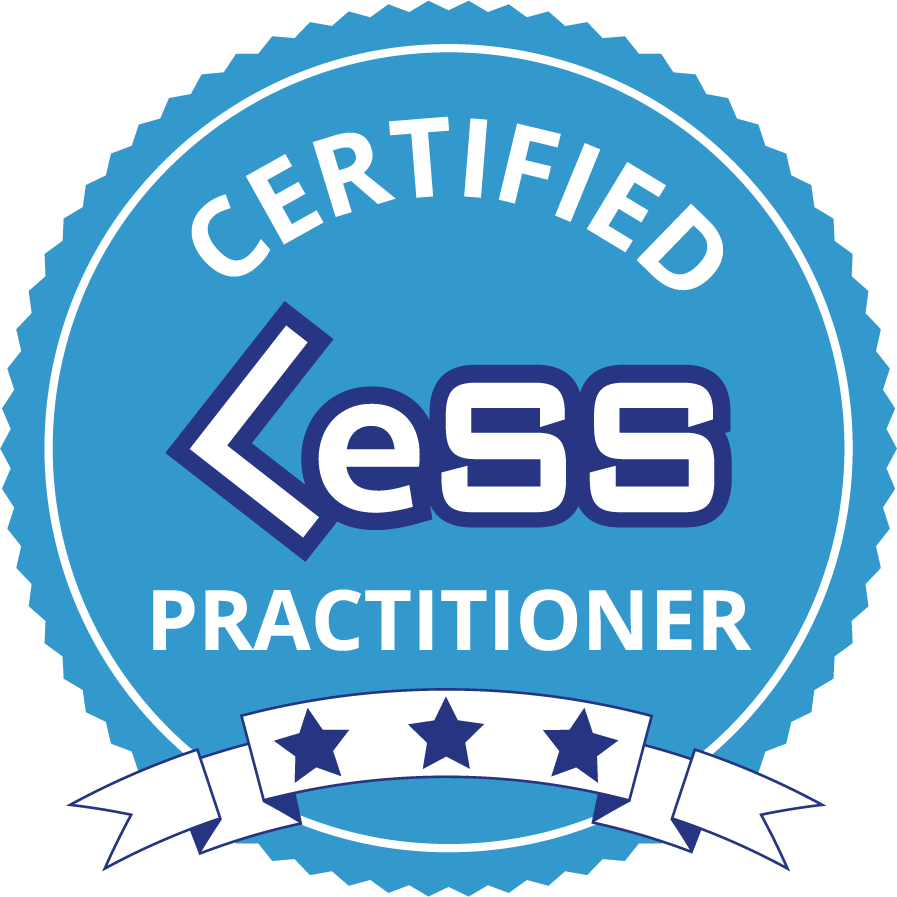Attended the PSM 1 training by Preeth Pandalay. It was an eye-opener in many ways than one. The belief systems we worked...
In product management, understanding the target market is paramount. The target market is the specific group of consumers a product is aimed at, and it is essential for product managers to clearly define and understand this group to ensure that the product meets their needs and demands. A well-defined target market not only drives the success of a product but also informs critical decisions throughout the product's lifecycle. This blog will delve into the significance of identifying a target market, the steps involved in defining one, and how it influences product management strategies.
Importance of Identifying a Target Market
- 1Focused Product Development: When product managers know who their product is for, they can tailor features, design, and functionality to meet the specific needs of that audience. This focus ensures that the product is relevant and valuable to its intended users.
- 2Efficient Resource Allocation: Understanding the target market helps in optimizing resources. Marketing efforts, development time, and financial resources can be concentrated on areas that will yield the highest return on investment (ROI).
- 3Competitive Advantage: A well-defined target market allows a product to stand out in a crowded marketplace. By addressing the unique needs of a specific group, product managers can create a product that is differentiated from competitors.
- 4Enhanced Customer Satisfaction: Products that are designed with a specific user group in mind tend to resonate better with those users, leading to higher satisfaction, loyalty, and advocacy.
Steps to Define a Target Market
- 1Market Segmentation: The first step is to segment the broader market into smaller, more manageable groups. Segmentation can be based on various factors such as demographics, psychographics, behavior, and geography. This process helps in identifying different groups within a market that may have distinct needs or preferences.
- 2Identifying Customer Needs: Once the market is segmented, product managers need to delve deeper into understanding the specific needs, pain points, and preferences of each segment. This can be done through user research, surveys, and direct feedback. The goal is to identify unmet needs that the product can address.
- 3Evaluating Market Potential: After identifying the segments and their needs, it’s important to evaluate the market potential of each segment. This involves assessing the size of the segment, growth potential, and the level of competition. Segments with high demand and low competition are often the most attractive.
- 4Defining the Ideal Customer Profile: With the target market segments identified, product managers can create an ideal customer profile (ICP). The ICP is a detailed description of the typical customer in the target market, including demographic information, buying behavior, and lifestyle choices. This profile serves as a guide for product development and marketing strategies.
- 5Testing and Validation: Before fully committing to a target market, it’s wise to test the product with a smaller subset of the identified market. This testing phase provides valuable insights and can validate whether the product truly meets the needs of the target audience. It also allows for adjustments before a full-scale launch.
Enhance Your Product Management Skills with SAFe® Training
Join our SAFe® Product Owner/Product Manager (POPM) Training to sharpen your skills and better understand your target market.
Explore Now!Impact of Target Market on Product Management
- 1Product Vision and Strategy: The product vision and strategy are often shaped by the target market. A clear understanding of who the product is for drives the long-term goals and direction of the product. It influences decisions around feature prioritization, design, and user experience.
- 2Pricing Strategy: The target market also affects pricing decisions. Understanding the purchasing power and price sensitivity of the target audience allows product managers to set a price that balances value and affordability. It also informs decisions around pricing tiers, discounts, and promotions.
- 3Marketing and Positioning: A well-defined target market guides marketing strategies and positioning. It helps in crafting messaging that resonates with the audience and in selecting the right channels to reach them. For example, a product aimed at young professionals may be marketed through social media and digital advertising, whereas a product for older consumers might require a different approach.
- 4User Experience (UX) Design: The design and usability of a product are tailored to the preferences and behaviors of the target market. If the target market is tech-savvy, the product might feature advanced functionality with a sleek, modern design. Conversely, if the audience is less tech-inclined, simplicity and ease of use will be prioritized.
- 5Customer Support and Engagement: Understanding the target market helps in designing effective customer support and engagement strategies. Different segments have different expectations for customer service, and tailoring these services to the target market can enhance satisfaction and retention.
Challenges in Target Market Definition
Defining a target market is not without its challenges. One common issue is the risk of being too narrow in focus, which can limit the product’s potential market size. Conversely, a target market that is too broad can lead to a product that tries to please everyone but satisfies no one fully. Product managers must strike a balance, ensuring that the target market is specific enough to guide product development but broad enough to sustain long-term growth.
Additionally, markets evolve over time, and what was once a well-defined target market can shift due to changes in consumer behavior, technological advancements, or competitive pressures. Product managers must continuously monitor the market and be willing to adapt their strategies as needed.
Conclusion
In product management, the target market is the foundation upon which successful products are built. By clearly defining and understanding the target market, product managers can create products that truly resonate with users, drive business growth, and stand out in the marketplace. The process involves careful segmentation, understanding customer needs, evaluating market potential, and ongoing adaptation to ensure that the product remains relevant and valuable to its intended audience.









































































